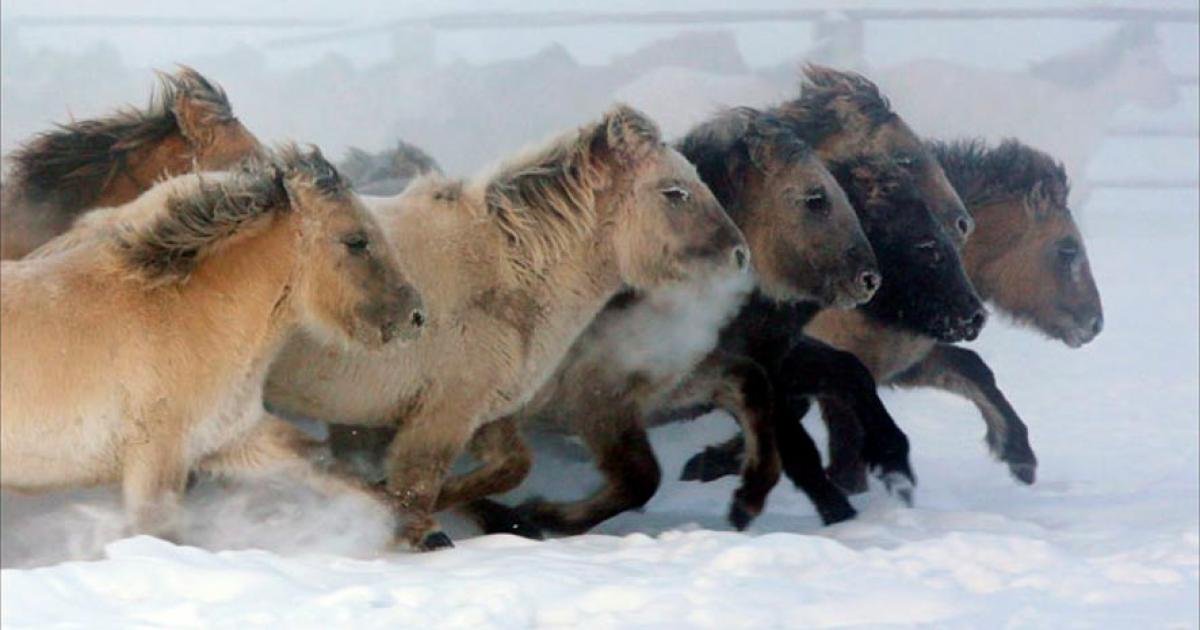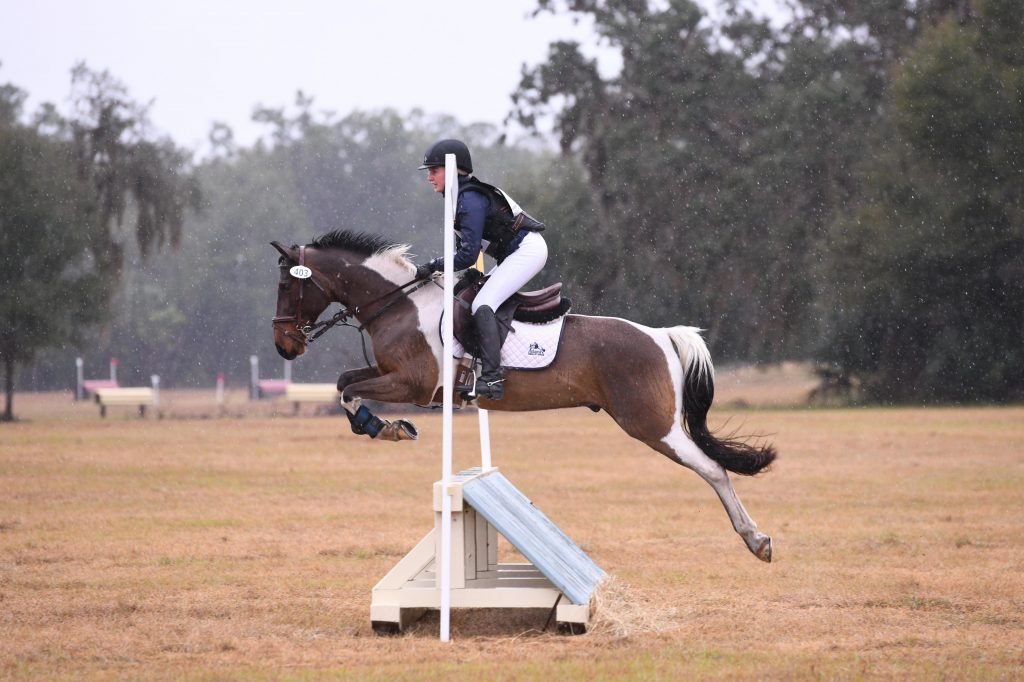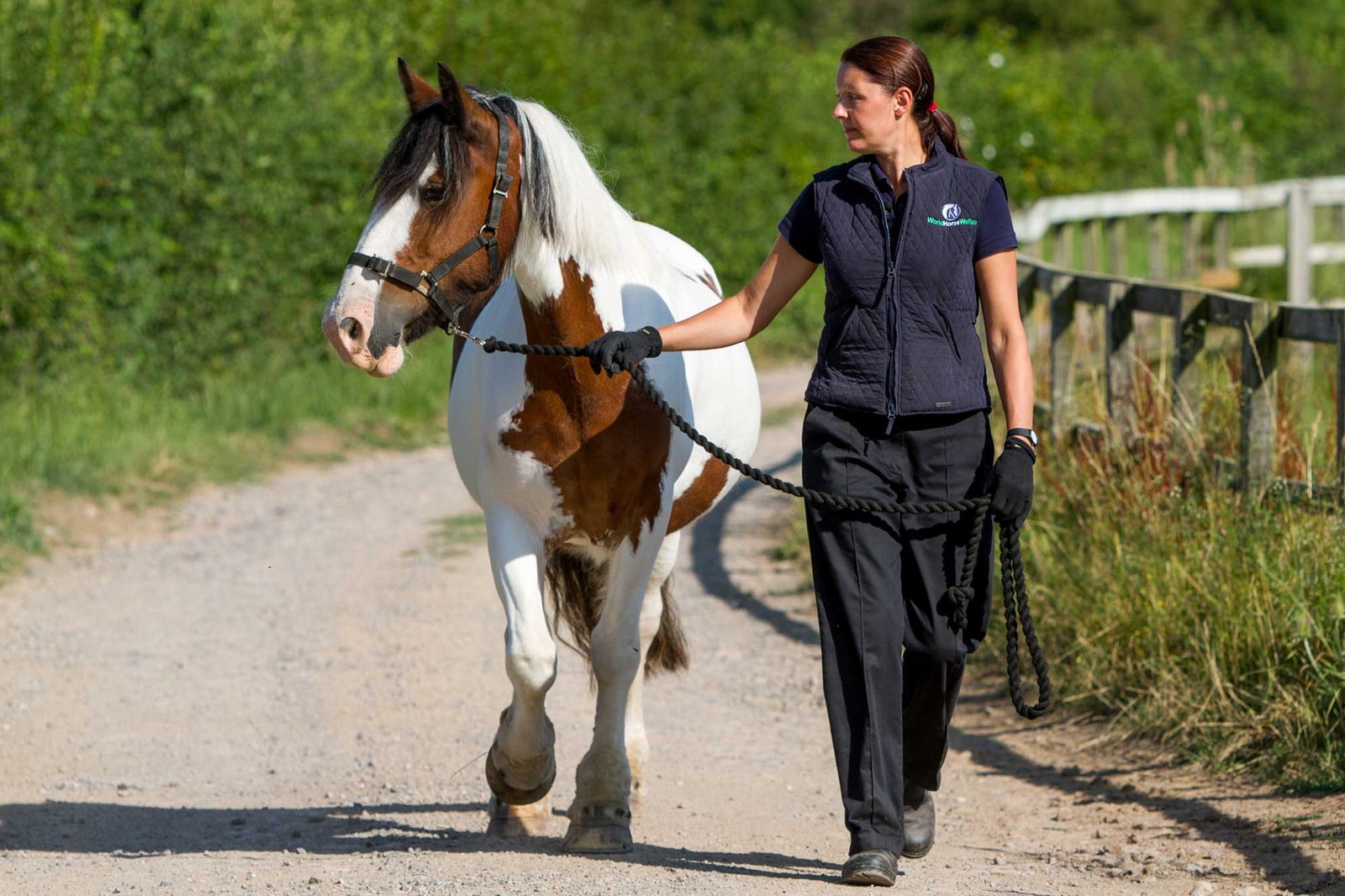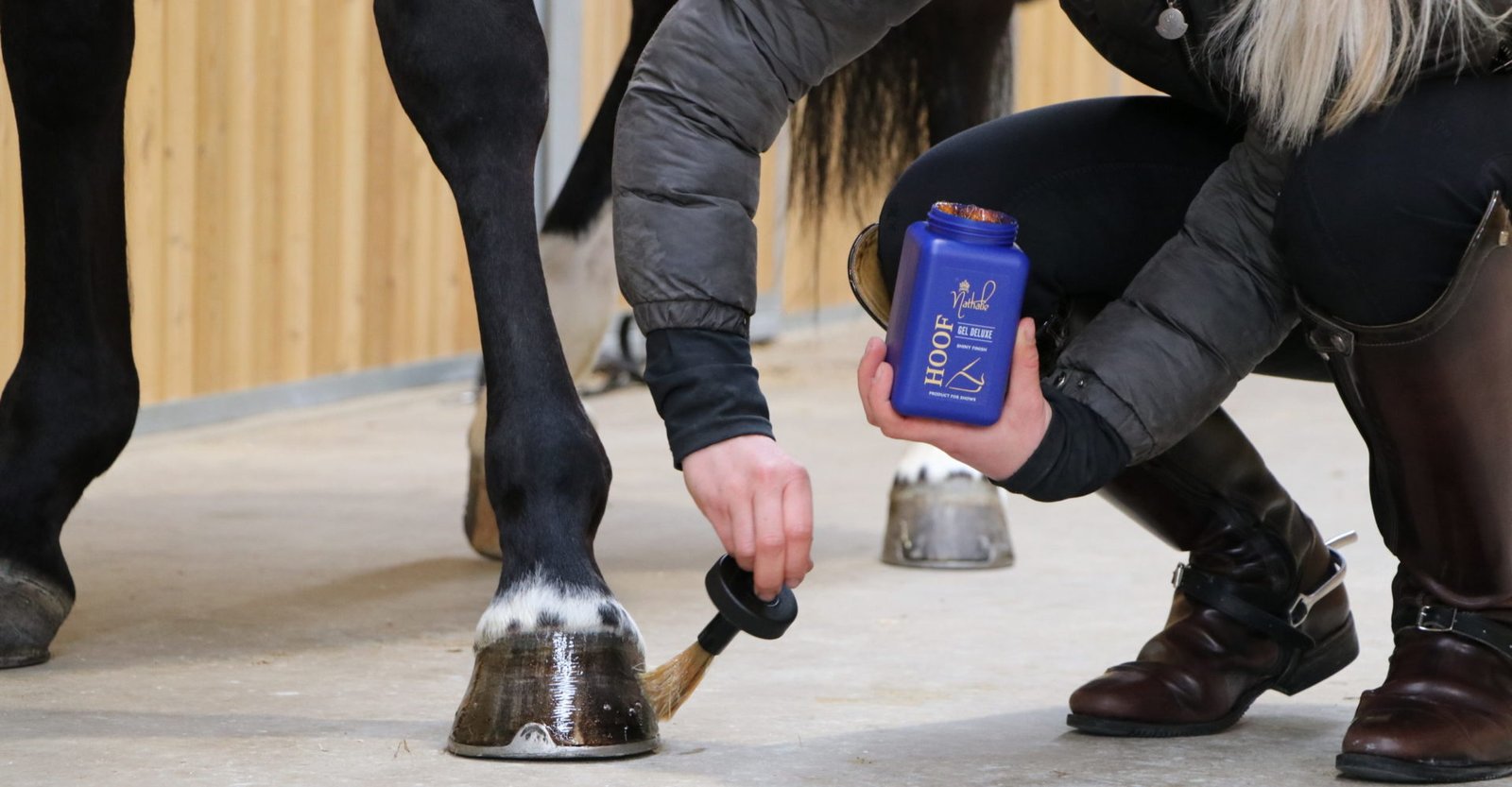While ponies and horses belong to the same species, Equus ferus caballus, there are several key differences between the two. Understanding these differences helps horse enthusiasts and owners appreciate the unique qualities of each, whether they are considering a pony for riding or simply learning more about these remarkable creatures. In this post, we’ll explore the distinct features that set ponies apart from horses, including size, temperament, and physical characteristics.
1. Size and Proportions
One of the most obvious differences between ponies and horses is their size. Ponies are generally smaller than horses, but size isn’t the only distinguishing factor. The term “pony” is typically reserved for equines that stand 14.2 hands (58 inches) or shorter at the withers, whereas horses are usually taller than 14.2 hands.
Key Points:
- Ponies typically stand between 9 to 14.2 hands (36 to 58 inches) tall at the withers.
- Horses are generally taller than 14.2 hands, with some breeds reaching over 18 hands (72 inches).
- Ponies tend to have stockier, more compact builds, while horses generally have leaner and taller frames.
While ponies are shorter, their dense, muscular bodies give them a sturdy and strong appearance. This compact build makes them more suited for tasks requiring strength and endurance over short distances. Horses, on the other hand, are taller and more elongated, with longer legs, which give them the ability to cover greater distances at a faster pace.
2. Build and Conformation
Ponies and horses differ not only in size but also in their conformation, which refers to the structure of their bodies. Ponies generally have more robust and thicker builds, while horses have more refined, elongated bodies.
Ponies:
- Ponies have shorter legs and thicker necks.
- Their bodies are compact and sturdy, with deep chests, wide barrels, and dense bone structures.
- Their manes and tails are often thicker and coarser than horses, with a thick, insulating coat that helps them endure colder climates.
Horses:
- Horses have longer, more slender legs, and their necks are more refined.
- They have a more streamlined appearance, with less body mass and bone density than ponies.
- Horses’ coats can vary widely, but they are often finer than the thick coats of ponies.
The differences in build give ponies an advantage in handling tough, rugged terrain, whereas horses’ taller frames allow them to gallop faster over longer distances.
3. Temperament and Behavior
Ponies and horses can exhibit different temperaments, although this can vary widely depending on breed, training, and individual personalities. In general, ponies are known for their strong personalities and can sometimes be more stubborn or independent than horses. They tend to be more intelligent and capable of taking care of themselves, but they can also be headstrong, which can make training more challenging for inexperienced owners.

Ponies:
- Ponies are often described as more “sassy” and independent.
- They can be more stubborn and may require strong leadership and consistency in training.
- Ponies are known for their intelligence and ability to problem-solve, sometimes making them more challenging for first-time riders but excellent companions for experienced riders.
Horses:
- Horses are generally more eager to please, which can make them easier to train for beginners.
- Horses tend to be more sensitive to rider cues and are often more willing to work in cooperation with their handler.
- While horses can also have strong personalities, they typically do not display the same level of stubbornness that is sometimes associated with ponies.
Despite their differences, both ponies and horses are intelligent and social animals, thriving on human interaction, training, and care. However, understanding their temperament is crucial for successful handling and training.
4. Lifespan
Ponies generally have a longer lifespan compared to horses. While the average lifespan of a horse is typically between 25 and 30 years, ponies can live up to 40 years or longer with proper care.
Key Points:
- Ponies often live longer than horses due to their smaller size and less-prone to certain health issues that affect larger horses, such as joint problems and metabolic disorders.
- The longevity of ponies makes them great companions for children and adult riders alike, as they can be reliable partners over many years.
It’s important to keep in mind that just like horses, ponies still require regular veterinary care, dental check-ups, and attention to nutrition to live a long, healthy life.
5. Feeding and Care Requirements
Ponies and horses have similar feeding needs in many respects, but their smaller size means ponies typically require less food than horses. However, because ponies have a slower metabolism, they tend to be prone to obesity if overfed, so it’s essential to provide proper portion control.
Ponies:
- Ponies are more prone to obesity due to their slower metabolism and should be monitored carefully for weight gain.
- They typically require less feed than horses, and owners should provide high-quality hay and pasture while avoiding overfeeding concentrates.
- Ponies may also have stronger hooves and may need less frequent trimming, depending on the breed and usage.
Horses:
- Horses need more food overall, especially if they are in work or undergoing rigorous training.
- Like ponies, horses require high-quality hay and pasture, but they also tend to need a more balanced diet that includes grain or other concentrated feeds, depending on their activity level.
Regular grooming, dental care, and hoof maintenance are important for both ponies and horses, but ponies tend to have denser coats that may require more attention during shedding season.
6. Breeds and Uses
Both ponies and horses come in various breeds, each with unique characteristics and uses. Ponies are often chosen for children or small adults because of their manageable size, while horses are preferred for more strenuous activities, such as racing, eventing, and long-distance riding.
Ponies:
- Breeds like the Shetland pony, Welsh pony, and Connemara pony are popular choices for children and beginner riders.
- Ponies are well-suited for driving, small-scale ranch work, and light riding tasks.
Horses:
- Popular horse breeds include the Thoroughbred, Arabians, and Quarter Horses, with uses ranging from racing to competitive show jumping.
- Horses excel in a wide variety of disciplines and sports, including dressage, eventing, and show jumping.
Conclusion
While ponies and horses are both magnificent animals, they differ significantly in terms of size, temperament, care, and use. Ponies tend to be smaller, more robust, and more independent, while horses are taller, more refined, and often more eager to please. Understanding these differences can help owners select the right equine for their needs, whether for companionship, riding, or work. Both ponies and horses require proper care and training, but they each offer unique qualities that make them a beloved part of the equine world.










